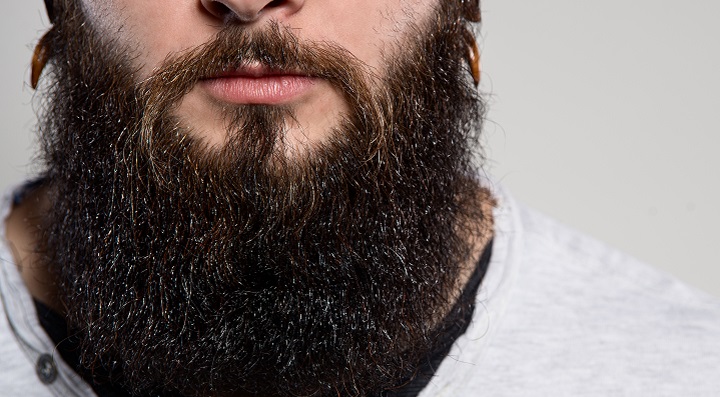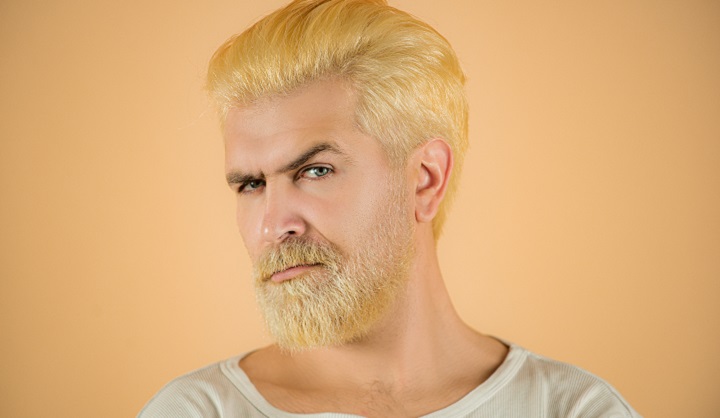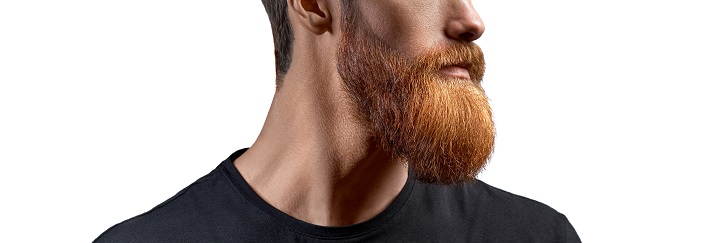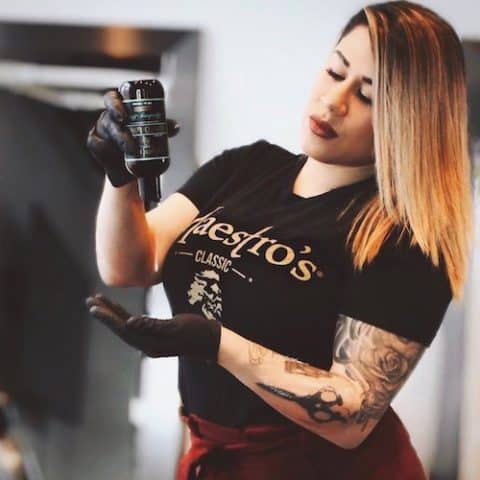Table Of Contents
What Does Science Say
If the hair in your beard is turning brown when it was originally all black, the most feasible reason is that you are getting too much sun exposure. The UV rays penetrate your hair strands, which can happen even if you are wearing sharp braid hairstyles.
It essentially sun-bleached a significant amount of the melanin in the hairs. Your age may also play a part in this phenomenon. As you grow older, your melanin production starts to slow down.
Genetics
Your genetics primarily determine the color of your facial hair. The amount of melanin your body can produce will affect the color of your hair and skin. For instance, if your father and mother are both black-haired, there is a huge chance you will have it too.
Your ethnicity also plays a huge role in your hair color. For instance:
Blonde Hair
The reason why people have blonde hair is not that they have a specific type of melanin in their bodies. It is actually due to a lack of brown melanin.
You can usually find more naturally blonde-haired people in European countries with many white beard styles.
Black Hair
People from Asia and Africa typically have lower tyrosinase and higher eumelanin, so their hair is almost always black. There are plenty of black men’s beard style choices, like black men’s goatees, that go well with black hair.
Morgan Freeman is one of the most famous black celebrities to sport the goatee. Most men in East and Southeast Asia can’t grow a beard or can only manage a wispy beard. Also, black men are more prone to ingrown facial hair due to how coarse their facial hair is.
Brown Hair
There are many shades of natural brown hair, which is pretty rare (only 20% of the population has it). Brown hair color is most prominent in Swedes and other Eastern European countries.
Red Hair
Natural red hair is the rarest hair color in the world. Only one to two percent of the total population has it. The color is due to a recessive gene, specifically a series of peculiar mutations in the MC1R gene.
Not only does this mutation cause the bright red color of the hair, but it is also why redheads usually have pale skin.
How to Stop
Step 1 – Minimize the time you expose it to sunlight
If you cannot avoid sun exposure due to your job, the least you can do is find a bit of shade now and then.
Step 2 – Use styling products with UV protection
Look for a beard wax or balm that has a good SPF rating. This will prevent the UV rays from the sun from penetrating the beard hair.
Step 3 – Consult a doctor
Go to a dermatologist to get a professional opinion on what is happening to your beard. If the discoloration of your beard is happening at an alarming rate, there might be an underlying cause for it.
How to Treat
The only viable option for treating a black beard that has turned brown is to dye it black. Once the sun’s UV rays have bleached your hair, it will not go back to being black. Pick a hair dye close to your actual hair color and carefully dye your beard.
Aside from coloring your hair, you can also slow down the rate of discoloration by using high-quality beard grow kits, specifically products that provide enough sun protection.
FAQ
Why are there brown hairs on my beard?
The most common reason for the brown hairs in your black beard is too much sun exposure. The UV rays are essentially bleaching the beard. Aside from sun exposure, your genes may also affect what is happening.
You may have a gene that just recently started to kick in and change the color of your facial hair.
How do I stop my hair from going brown?
You can stop the discoloration by minimizing your exposure to direct sunlight and using products with significant UV protection.
Can brown hairs go back to black again?
Once a hair strand gets discolored, it will not go back to its original color unless you use beard dyes.
Conclusion
If you spend a lot of time outdoors, then the reason why your beard is turning brown is mostly overexposure to the sun. On the other hand, if you are indoors most of the time, the basis might be more genetic.
Whatever the reason, once your beard turns brown, there is no going back. Either dye your beard black again, or you can accept it and rock the two-tone beard.
Michele Meesh Antunes is the lady of the Beardoholic writers team and a genius when it comes to hair and beard styles that suit any face shape. She’s been a barber for years now and, no matter your personal style, she knows exactly what beard, hairstyle and length suit you. She brings the women’s perspective on beards, beard care, haircuts and hairstyles and male grooming.




